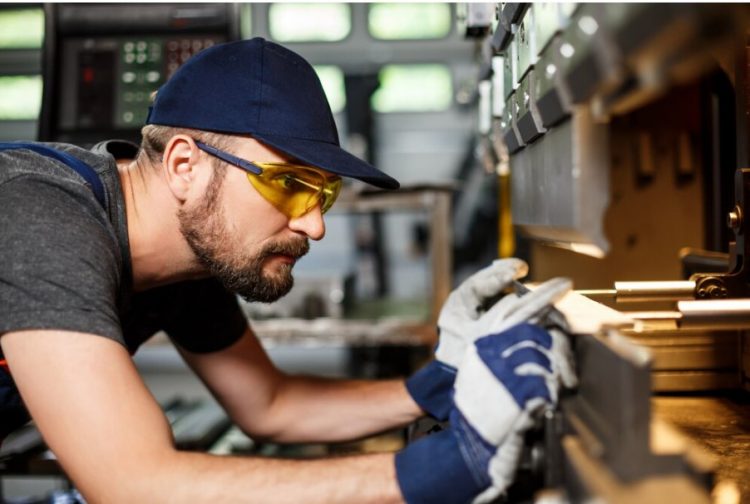CNC (Computer Numerical Control) machining of aluminum offers various benefits and comes with its own set of challenges. Here are some of the key advantages and challenges of CNC machining aluminum:
Benefits of CNC Machining Aluminum:
- Lightweight: Aluminum is a lightweight material, making it ideal for applications where weight reduction is essential, such as in aerospace and automotive industries.
- Excellent Machinability: Aluminum is relatively easy to machine compared to many other metals, which means shorter machining times and less tool wear, resulting in cost savings.
- High Precision and Accuracy: CNC machines provide exceptional precision and accuracy, allowing for tight tolerances and high-quality surface finishes when machining aluminum.
- Good Thermal Conductivity: Aluminum has excellent thermal conductivity, which helps dissipate heat generated during machining, reducing the risk of workpiece distortion.
- Corrosion Resistance: Aluminum naturally forms a protective oxide layer on its surface, giving it good resistance to corrosion and making it suitable for various environments.
- Electrical Conductivity: Aluminum is an excellent conductor of electricity, making it suitable for electrical and electronic applications.
- Recyclability: Aluminum is highly recyclable, contributing to sustainability and environmental benefits.
Challenges of CNC Machining Aluminum:
- Chip Control: Aluminum tends to produce long, stringy chips that can wrap around cutting tools and impede the machining process. Proper chip evacuation and control are necessary.
- Gummy Residues: Aluminum can leave behind gummy residues on cutting tools, potentially affecting tool life. Effective tool management and proper cooling/lubrication are required to mitigate this issue.
- Material Softness: While aluminum’s machinability is generally an advantage, its softness can lead to issues like burrs and chatter during machining. Proper tool selection and machining parameters are essential.
- Tool Wear: Although aluminum is relatively soft, high-speed machining can lead to tool wear. Selecting the right tool materials and coatings is crucial for extending tool life.
- Ductility: Aluminum’s ductility can lead to deflection and vibration during machining, affecting the surface finish and dimensional accuracy. This may require increased rigidity and stability in machine setups.
- Thermal Expansion: Like any material, aluminum undergoes thermal expansion when heated during machining, potentially affecting the dimensional accuracy of the finished parts. Compensation strategies may be necessary.
- Material Adherence: Aluminum can adhere to the cutting tool’s edge, causing built-up edge (BUE). Special coatings and lubrication can help reduce BUE and improve tool life.
- Specific Alloys: Different aluminum alloys have varying properties, and some may be more challenging to machine than others. It’s important to understand the specific alloy being machined and tailor the process accordingly.
In conclusion, CNC machining of aluminum parts offers advantages such as its lightweight nature, machinability, precision, and corrosion resistance. However, challenges related to chip control, tool wear, material softness, and other factors must be carefully managed to ensure optimal results. Proper tool selection, cutting parameters, and machining strategies are crucial for effective aluminum machining.
Shenzhen Xielifeng Tech is a professional China CNC machining factory that provide cnc machining aluminum service. If you need to machine some aluminum parts, feel free to contact them for help. Generally, you can get the quote within 24 hours.





